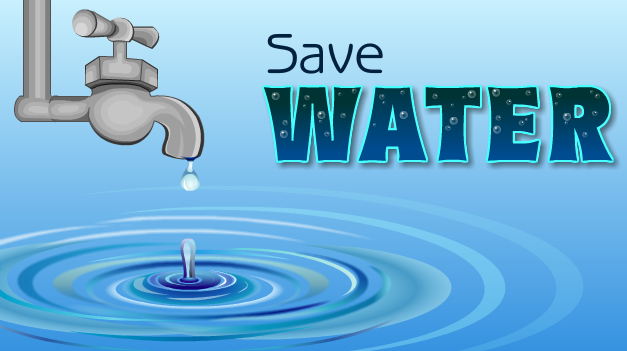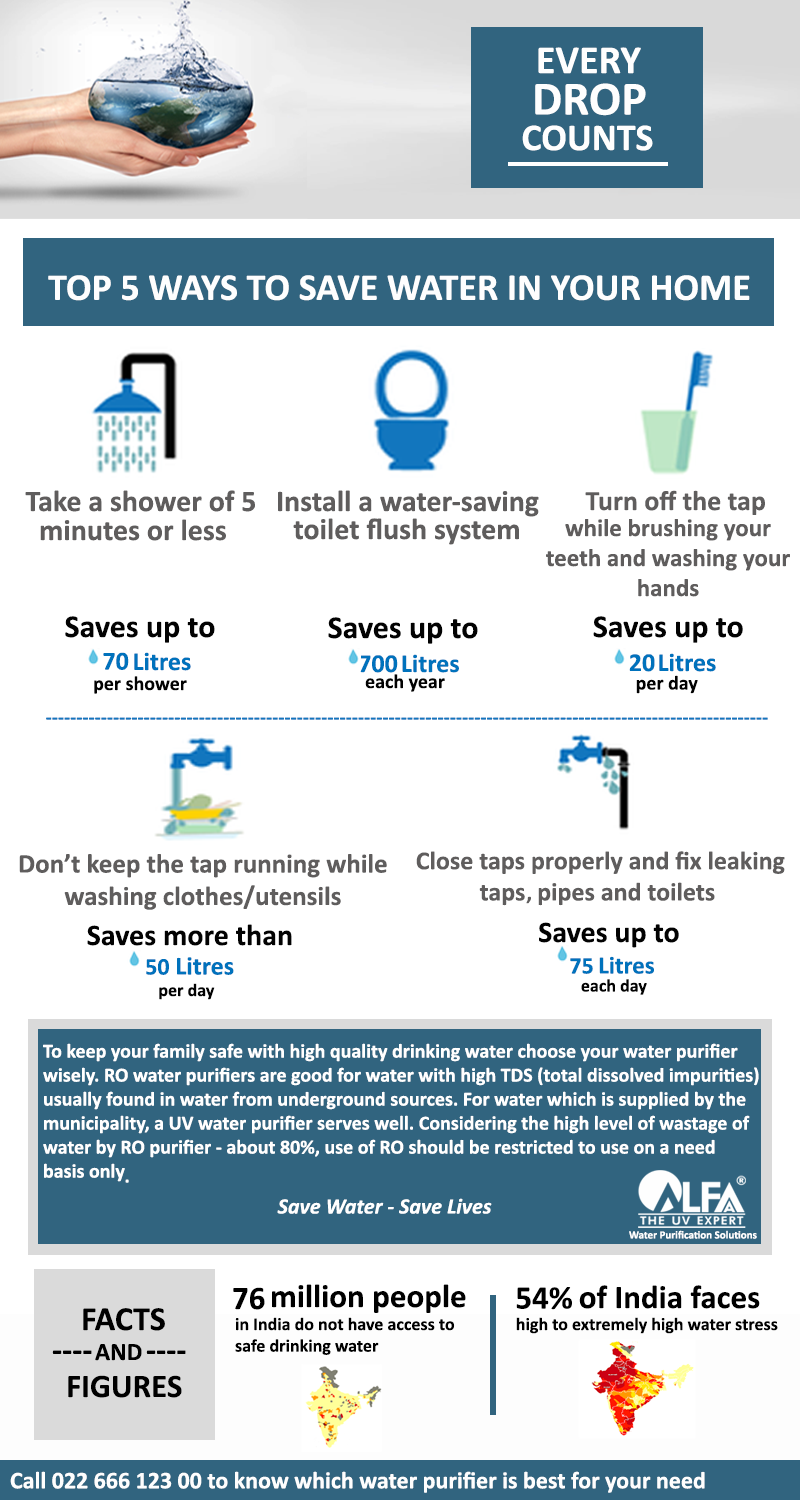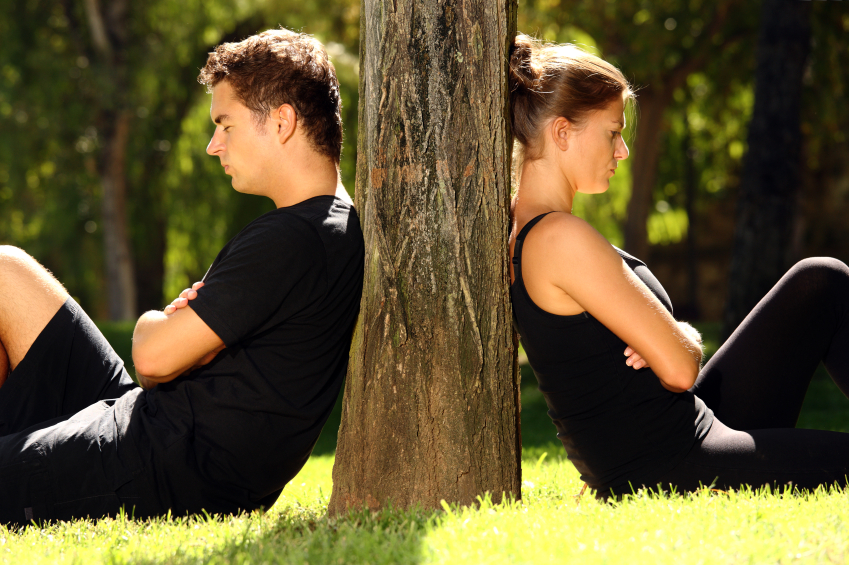
Despite popular thinking, water is a finite resource. There is only so much available. A look at the globe fools you with its big blue sections. But, the fact is water is in short and dwindling supply.
The Balance says, “97% of all the water on the earth is salt water, which is not suitable for drinking. Only 3% of all the water is fresh water, and only 1% is available for drinking. 2% of the available freshwater sources is locked in ice caps and glaciers.”
And, with global warming and an increasing population, water shortages will lead to increased prices for everything using water including food production. Shortages will affect other resources like the forests and rivers that replenish the ecosystem. And, fresh water shortages will lead to violent civil and political unrest.
So, it pays to conserve your home’s water resources as a “small” effort to return water to its most beneficial uses.
15 clever ways to save water you can implement today!
According to Forbes, “The Environmental Protection Agency (EPA) reports that the average American family of four uses about 400 gallons of water a day. Efficient appliances and fixtures can help, but a little care and common sense go a long way toward minimizing waste.”
You must make a commitment to solve the larger water conservation problem, but these are easy ways to save a little now and then, a little that accumulates quickly.
1) Skip the bath: A nice soak in the tub can use 70 gallons of water. A quick shower, timed with an egg-timer for 5-minutes, will use only 10 gallons.
If you take a bath, you can use the water to flush your toilet or water plants. So, you shouldn’t drain the tub. Likewise, if you keep a bucket in the shower, you can save up to 5-gallons for the toilet flush or gardening.
If you limit showers to 5-minutes, a family of four will still use 40 gallons a day. You can install water-saving showerheads to reduce the use even more.
2) Flush the toilet: If you cannot afford a water-conserving flush toilet, you can use a bucket of water to handle your flushing needs.
Traditional toilets use 6 gallons per flush while EPA Water Sense-certified toilets use just 1.28 to 1.6 gallons of water each flush. The latest dual-flush toilets use even less.
With the bucket, you can limit the flush to one gallon at a time. And, you needn’t flush at all until it becomes a must. If you bring your camping mindset home, you get the idea.
You can also fill that toilet bucket in other ways. For instance, if you wash your produce, you can do it in a colander placed above the bucket. Or, you can fill the bucket with pasta water or any other leftover cooking water.
3) Do the dishes: Most people do not use their dishwashers correctly. They do not read their appliance manuals and the manufacturer’s guidelines for water conservation.
Most contemporary automatic dishwashers are engineered to eliminate pre-washing, so you should check on the machine’s efficiency rating when you shop. You just scrape the dishes instead of rinsing. You’ll also find there are correct ways to load the machine to optimize the results and reduce water use.
You might also limit dishwashers to full loads, and if you only wash small loads, you can invest in a double-drawer dishwasher with independent wash loads.
4) Save your garbage: You must run water when you use your garbage disposal. You can make better use of those food scraps with a composter.
Composting will also naturally enrich your garden reducing the need to water as frequently to nourish your flowers and vegetables.
5) Check the faucets: Parents and children have a tendency to run water while rinsing dishes, brushing teeth, shaving, and washing hands. Turning the faucet off saves hundreds of gallons a month.
But, you also want to fix any dripping faucets and toilets. Slow drips multiply your water consumption and waste. And, if you have a leak, you should gather that wasted water in buckets for other uses until you can repair the leak.Checking experts like Aeromfg.com today will provide advice on supplies, installation, and strategies to save water.
6) Wash dishes twice: If you skip the automatic dishwasher, you can make better use of a double sink. You fill one sink with hot soapy water for soaking and cleaning and the other with cold water for rinsing.
Going “old-school” this way saves water and leaves you with water for other uses. You can even divide a single sink with two bowls or containers for the same purpose.
7) Wash clothes efficiently: Washing clothes daily wastes water. Each run of your clothes washing machine uses 20% of a typical home water supply. So, washing weekly should be enough.
It makes sense to invest in washing machines that fit your needs as a single person or large family. Front-loading machines appear to use less water than top load machines. New machines carry an Energy Star-certification, and they have flexible settings to adjust wash loads and water use.
8) Cover the pool: It takes more than ten thousand gallons to fill a swimming pool. That’s an immediate and obvious expense to the homeowner. Refreshing the pool and replacing lost water throughout the pool season costs big money.
A cover will not prevent evaporation, but it will go a long way in reducing water costs and your out-of-pocket costs. The cover also protects the water temperature to reduce your heating expenses.
9) Irrigate wisely: Hand watering is cheaper and more efficient than using sprinklers to water a small garden or lawn. The EPA claims you’ll save 33% when you water by hose.
If your landscaping needs require more extensive irrigation, you must consider landscaping options investing in plans that optimize drought-tolerant plants. These you can manage with drip irrigation and soaker hoses. Where that’s not possible, you can research weather-sensitive controllers that sprinkle only when sensors trigger the system.
10) Nix the water features: If your yard or pool feature running water features like slides, fountains, or waterfalls, you should get rid of them or turn them off when not in use.
Think twice before you install such attractions, but if you must, you should choose for water- and operation-efficiency.
11) Use the car wash: When washing your own car, you can save much water if you rinse one, wash from one bucket, and rinse one more time.
Using a local car wash may do a better job, and most localities require automatic car washes to conserve and recycle water.
12) Drink water regularly: Water is good for you, so you can refill a bottle and keep it in the refrigerator, refilling it each time you use it.
This reduces the waste of running water in the sink to get to the cool water. It’s also a reminder to use less water in cooking by following the recipe measurements literally.
13) Mow the lawn lightly: You should mow the lawn when it needs it with mower blades set at 2 to 3-inches high. The taller the grass, the healthier the root system.
You can use the cut grass for composting. But, you can also leave it as it falls. To shelter and cool the underlying growth.
14) Use mulch and compost: Mulch and compost are your friends. Spreading mulch heavily around plants and flowers throughout your landscaping will reduce evaporation and cool their roots to encourage their growth.
Processing your compost into garden soil adds beneficial organic material to enhance growth and aerates the soil to improve water retention.
15) Make rain work for you: You don’t want to waste the gift of rainwater. Easily accessed 55-gallon drums will capture and store rain runoff from roof and rain spouts.
The water stays until you tap it with a hose connected to the barrel’s spigot. Any impurities will not affect your landscaping.
Conserving your home’s resources
The Livestrong foundation summarizes the importance of conserving water:
- Humans need water to function properly.
- The plants and animals we eat require water.
- Water cleans our bodies and our homes;
- It produces power in hydroelectric dams.
“The World Water Council reports that the human population of the planet is on track to grow 40 to 50 percent within the next 50 years, putting additional pressure on our already shrinking supply of fresh water.”
What’s in this for you? This list of 15 clever ways to save water you can implement today does not exhaust the possibilities to do what you need to do to wet your personal and environmental needs.
If you can’t satisfy your personal needs or actively contribute to the global needs, everyone stands to suffer in short- and long-term. Water conservation may be the most significant global issue if you appreciate and value the water-cycle you learned in school. Any disruption in that cycle is felt throughout the world’s ecosystem and the people, animals, and plants it supports. So, saving your water bucket by bucket can make a difference.
We hope you enjoy this infographic from our friends @ Alfaa UV, “Top 5 Ways to Save Water in Your Home”:





Be the first to comment